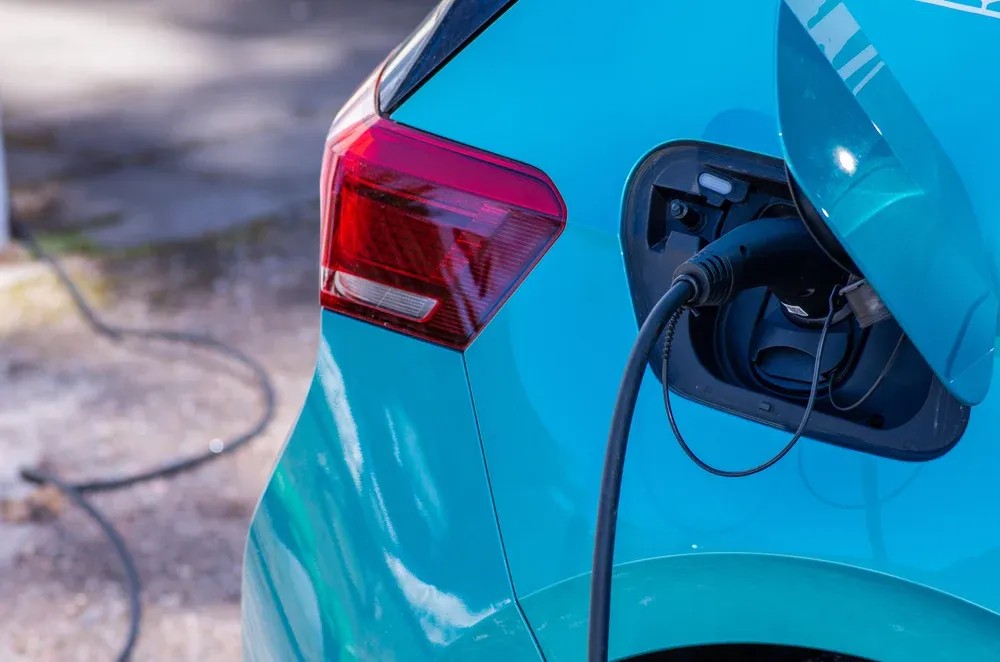How Fast is Level 2 EV Charging? A Complete Guide for China EV Charger Owners
As electric vehicles (EVs) become more popular, the demand for efficient and accessible charging options continues to grow. Among the most common choices is Level 2 charging, which offers a great balance of speed, convenience, and affordability. But how fast is Level 2 charging really?
In this guide, we’ll break down everything you need to know about Level 2 charging, including how long it takes, what factors affect charging speed, and how it compares to other options.
What is Level 2 Charging?
Level 2 EV chargers typically deliver between 3 kW and 19.2 kW in North America, and up to 22 kW in Europe, allowing them to add 10 to 75 miles (16–120 km) of range per hour, depending on the setup. This is significantly faster than Level 1 (standard household) chargers, and although slower than DC fast chargers, Level 2 is ideal for daily charging at home, work, or public locations.
Factors That Affect Level 2 Charging Speed
1. Power Output of the Charger
Level 2 chargers range from 3.3 kW to 22 kW. Higher power means faster charging:
- Home chargers: Commonly provide 7.2 to 11.5 kW, adding about 20–40 miles per hour.
- Commercial/public chargers: Go up to 19.2 kW (U.S.) or 22 kW (EU), offering up to 75 miles per hour.
⚠️ Note: Charging speed is limited by the EV’s onboard charger. For instance, if your car only accepts 7.2 kW, using a 22 kW charger won’t increase speed.
2. Battery Size
Larger batteries take longer to charge:
- A 40 kWh battery (like a Nissan Leaf) may charge in 5–6 hours at 7.2 kW.
- A 100 kWh battery (like a Tesla Model S) can take 12+ hours at the same rate.
3. Onboard Charger Capacity
The onboard charger (OBC) converts AC power from Level 2 to DC for your battery. Its capacity is a critical bottleneck:
- Example: A Chevy Bolt maxes out at 7.2 kW.
- A Porsche Taycan, by contrast, supports up to 19.2 kW, allowing faster charging.
4. Charger Equipment Quality
High-quality connectors and well-maintained cables ensure better power delivery and efficient charging. Faulty or worn components may reduce performance.
5. Temperature & Battery Condition
- Cold temperatures slow down charging due to battery inefficiency.
- Excessive heat may trigger cooling systems, affecting speed.
- Aging batteries may charge slower due to degradation.
Level 2 Charging vs. Level 1 and Level 3
Charging LevelPower OutputRange Added Per HourBest Use CaseLevel 1 (120V)1.2–1.8 kW3–5 miles (5–8 km)Overnight home chargingLevel 2 (240V)3.3–22 kW10–75 miles (16–120 km)Home, work, public stationsDC Fast (Level 3)50–350 kW100–300+ miles in 30 minHighway travel, fast top-ups
Level 2 is ideal for:
- Home charging (overnight or daily)
- Workplace charging (while parked for hours)
- Public destinations (malls, garages, restaurants)
DC Fast Charging is best for:
- Road trips
- Emergency or quick recharges
Tethered vs. Untethered Level 2 Chargers
1. Tethered Chargers
- Have a fixed cable (e.g., J1772, Type 2, or Tesla plug).
- Pros: Convenient, quick to plug in.
- Cons: Limited compatibility, cable wear over time.
2. Untethered Chargers
- Require you to supply your own charging cable.
- Pros: More flexible for different EVs, easier to replace cables.
- Cons: Slightly less convenient, longer setup.
For home use: Tethered chargers are usually preferred.
For public stations: Untethered systems offer greater versatility.
Connector Types for Level 2 Charging
Connector TypeRegionCompatibilitySAE J1772 (Type 1)North AmericaMost non-Tesla EVsMennekes (Type 2)EuropeStandard for EU EVsGB/TChinaChinese-market EVsTesla NACSNorth AmericaTesla (also adopted by others)
Tesla drivers can use J1772 Level 2 chargers with an adapter, usually included with the vehicle.
Conclusion: Is Level 2 Charging Right for You?
**Absolutely—**for most EV owners, Level 2 charging strikes the perfect balance between cost, speed, and accessibility. While it can’t match the speed of Level 3 DC fast charging, it’s far superior to Level 1 and is well-suited for routine daily charging needs.
✅ Key Takeaways:
- Charging speed depends on charger output, onboard charger limits, and battery size.
- Tethered chargers are more convenient; untethered offer flexibility.
- Level 2 is perfect for daily home or workplace use.
- DC fast charging is best for highway travel or when time is critical.
As EV infrastructure evolves, Level 2 charging will remain a cornerstone, offering a reliable and widely available solution for millions of electric vehicle drivers worldwide.Know more about Google SEO Directory





Comments